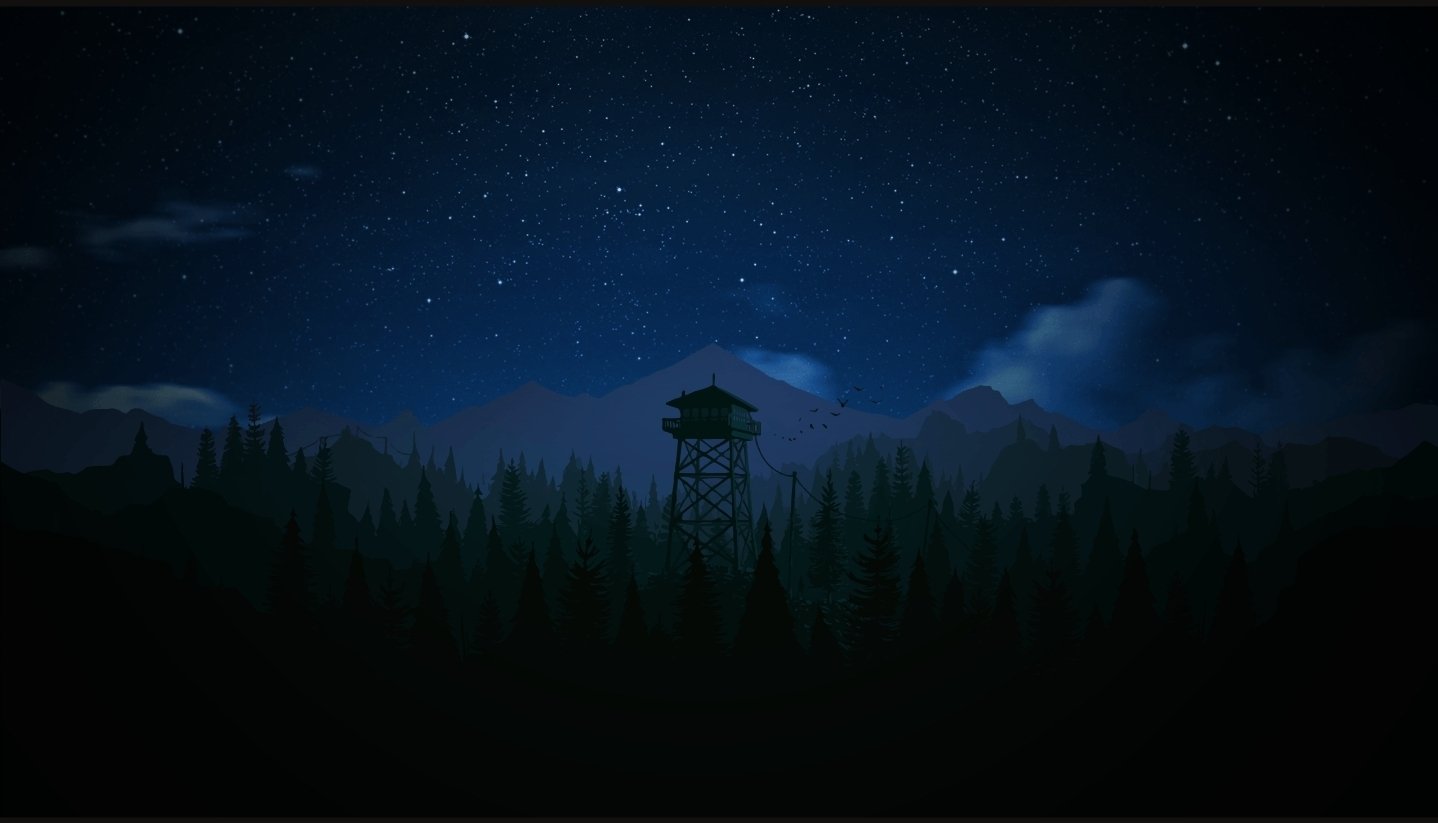Did people just pour dirt into the sea and build on top? I’m not being sarcastic, how did this happen?
Unironically yes they did exactly that. If memory serves a good amount came from Breeds and Bunker hill (just North of the frame).
The fill came mostly from Needham
The firm of Goss and Munson extended railroad lines to quarries in Needham, Massachusetts, 9 miles (14 km) away; a 35-car train carrying gravel and other fill arrived every 45 minutes, day and night.[11] When the Needham gravel pits were exhausted, additional fill was found in Canton, Dedham, Hyde Park, and Westwood.[12] William Dean Howells recalled “the beginnings of Commonwealth Avenue, and the other streets of the Back Bay, laid out with their basements left hollowed in the made land, which the gravel trains were yet making out of the westward hills.”[13]
Thanks for the correction.
wait Bunker Hill is that trading place from FO4…
that’s a common practice in most of the coastal megapolises
you can find a long list on https://en.wikipedia.org/wiki/Land_reclamation
Yes, but mainly a mix that wouldn’t be washed away.
Well, not just dirt. They also threw some tea in there
Wait, are you saying that the historical site of the Boston Tea Party is now a highway? What’s wrong with you Americans? The peer where that ship was docked could have been such an epic tourist attraction, but I guess you need roads too. Cars go brrr…
Apparently, the true location isn’t known anyways. And there’s a museum located nearby dedicated to it.
The Beaver, Dartmouth, and Eleanor were moored at Griffin’s Wharf in Boston. It is at this location where the December 16, 1773 destruction of the tea occurred. The original location of the Boston Tea Party no longer exists because of extensive landfills that destroyed the location. This was caused by the city of Boston’s rapid expansion in the 19th century. In 18th century Boston, Griffin’s Wharf was a bustling center for maritime commerce and shipping. The exact location of the original Griffin’s Wharf is open to debate, but the Boston Tea Party Ships & Museum, located on the Congress Street Bridge, is located near the approximate area where the Boston Tea Party took place. A historical marker commemorating the Boston Tea Party stands on the corner of Congress and Purchase streets.
If I even happen to visit Boston, that museum will be one of the locations I absolutely have to visit. Now I just need to come up with a reason to fly over the ocean.
Definitely worth a trip if you like history. The Freedom trail connects the historical landmarks plus there’s tons of tours, museums, & educational experiences.
If you ever do a US trip Boston is a good choice.
By god, if we can get the sea levels to rise, we can return Boston to its true and natural state.
(I actually had no idea and had to verify this myself.)
At this expansion rate, how long until Chicago consumes the surface of the Earth?

It’s already happening
I think you should think about that when it reaches Ireland.
Future Boston

Where is Witham Way country Park on this?







